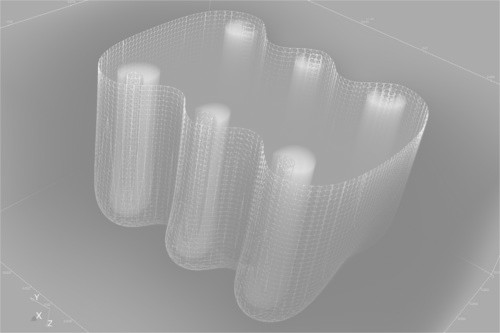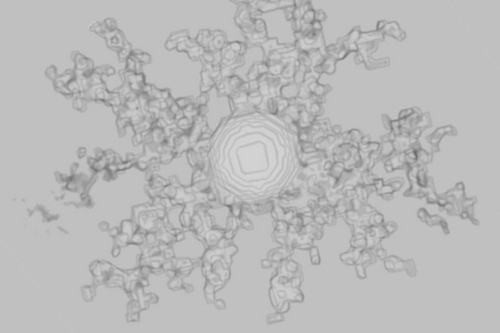Selected research projects

Using Julia & AI to build the connective tissue of linear algebra The DARPA–MIT SmartSolve project seeks to advance AI‑guided algorithmic discovery and accelerate computations by generating improved strategies for algorithm and architecture selection. Our current work targets challenges in computational linear algebra, addressing the increasing complexity of choosing efficient solvers, data formats, precision settings, and hardware resources for structurally diverse matrices—an area where conventional approaches leave significant room for improvement. Our methodology involves building a comprehensive performance database through systematic benchmarking and applying automated Pareto analysis to reveal optimal trade‑offs between accuracy and speed. This database serves as the foundation for a data‑driven model that synthesizes dispatch strategies tailored for high‑performance linear algebra software.

Models and simulations in Julia atomistic simulations The Center for the Exascale Simulation of Materials in Extreme Environments (CESMIX) seeks to advance the state-of-the-art in predictive simulation by connecting quantum and molecular simulations of materials with state-of-the-art programming languages, compiler technologies, and software performance engineering tools, underpinned by statistical inference and uncertainty quantification. In particular, we work on facilitating the learning of interatomic potentials and forces, ensuring fast execution, leveraging integration with state-of-the-art tools such as the latest developments in Julia around scientific machine learning (SciML), automatic differentiation (Enzyme.jl, Zygote.jl) and GPU abstractions (CUDA.jl).

Models and simulations in 5G Narrowband-IoT One of the IoT challenges is providing communication support to an increasing number of sensors. In recent years, a narrowband radio technology has emerged to address this situation: Narrowband Internet of Things (NB-IoT), which is an integral part of 5G. Despite the efforts, massive connectivity becomes particularly demanding in extreme coverage scenarios such as underground or deep inside buildings sites. We use novel computational models and simulations to enhance the future design of base station software, favoring connection support in extreme environments.

Models and simulations in Electroporation Treatments Computational/mathematical models are used to study electroporation based treatments applied to solid tumors, e.g. irreversible electroporation, electrochemotherapy, and gene electrotransfer. We seek optimal combination of electrode geometries, field intensity, pulse length, heat distribution and conductivity to induce neoplastic cells death of primary tumor preserving most of healthy tissue. These types of therapies present high efficacy and low side effects, they could represent an alternative to traditional methods such surgery, radiotherapy or chemotherapy.

Models and simulations in Tumor Growth Computational oncology, which encompasses any form of computer-based modeling related to tumor biology and cancer therapy, have become target of numerous studies. In particular, mathematical models based on reaction-diffusion equations describing tumor proliferation and invasion into peripheral host tissue have proved to be of clinical relevance. In this context, we described the micro-environmental influence on micro-tumor infiltration patterns through in-silico/in-vitro experimentation. In order to simulate the core growth and peripheral tumor cell infiltration, considering a benign and a malignant stages, we implemented a reaction-diffusion based model, with spatially variable diffusion coefficient, into a three-dimensional domain. We hope to shed light in current therapy optimization strategies. <br>